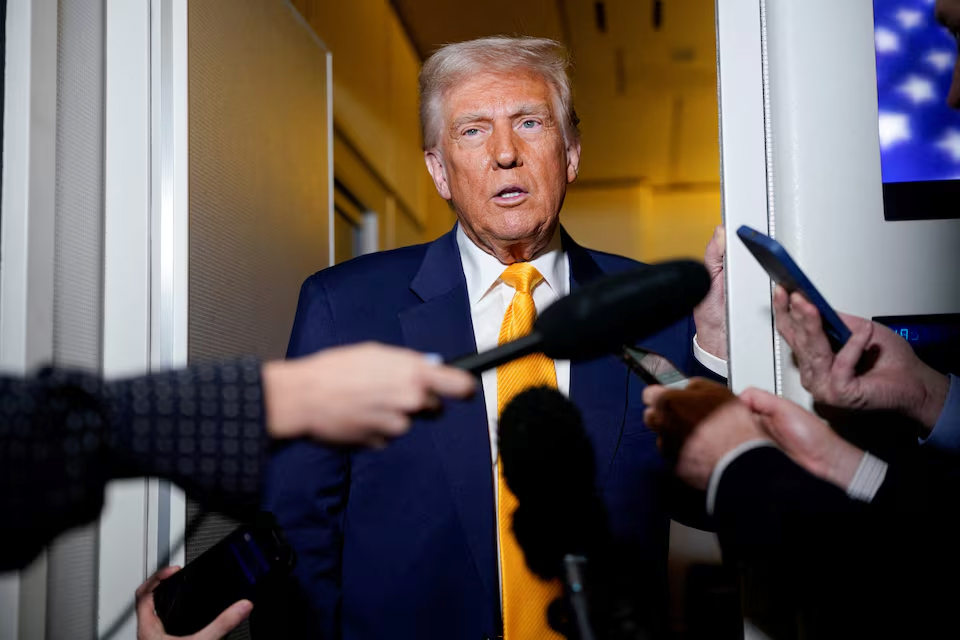In a recent article, we discussed the short-term effects of President Trump’s economic policies on global equity and bond markets. Today, we will try to analyse the long-term effects, which have drawn particular attention.
In general terms, the current state of the US economy is deemed satisfactory, notwithstanding the deterioration of certain macroeconomic indicators: lower but still positive growth in the first half of 2025 (1.2 per cent), relatively moderate unemployment (4.2 per cent) despite a steep reduction in new job creation, rather mild upward effects on inflation, a depreciating dollar and rising long-term interest rates for US sovereign debt, reflecting market concerns about the path of public debt.
The better-than-expected performance of the US economy is mainly attributed to: (a) its continued superiority in the technology sector, (b) the flexible business environment, (c) the favourable view of markets on the administration’s policy of low corporate taxation, (d) the attempts to reduce the administrative burden and (e) the hope that import tariffs will remain at tolerable, albeit historically high, levels.
Furthermore, tentative indications of an imminent interest rate cut by the Federal Reserve are leading to an improved climate among investors.
Despite the mild effects of Trump administration policies thus far, many analysts express concerns, mainly focusing on two issues. First, whether the US has entered a wide-scale long term global trade war, with an uncertain outcome for the world economy and, second, whether Trump’s policies will expire at the end of his current term or continue to be in place over the long term, and to what extent.
A key concern relates to the delayed impact of tariffs as well as restrictive immigration policies on inflation.
Equally important are the long-term adverse effects due to: (a) abrupt changes in international rules for trade and investment; (b) disruption of supply chains; (c) long-term distortions in the allocation of productive resources due to vastly expanding state interventionism, and the arbitrary, unequal imposition of tariffs based on political rather than economic criteria; (d) uncertainty in the business environment due to continuous, unpredictable changes in economic policy; (e) forced shift of production to the domestic market due to increased risks in international trade; (f) effects of reduced immigration on labour supply and wage costs, and (g) effects on research activity, due to the treatment of universities and foreign students.
Another worrying factor is the continuous increase in public debt, which raises the risk of attempts to politically influence the Federal Reserve, aiming for drastic reductions in interest rates, notwithstanding their inflationary effects. Many analysts point out that if the Federal Reserve succumbs to political pressure, it will cause interest rates on government bonds to rise, contrary to Trump’s expectations.
Furthermore, a particularly problematic issue is the weakening of the dollar’s role – already experienced – along with the resulting risks to the stability of international markets.
Ultimately, all countries are likely to be adversely affected by the new political environment, including the US itself, Europe and the US’s neighbouring countries, including Canada and Mexico. In contrast, China, despite being the main target of many of President Trump’s policies, appears to be affected to a lesser extent.








Click here to change your cookie preferences